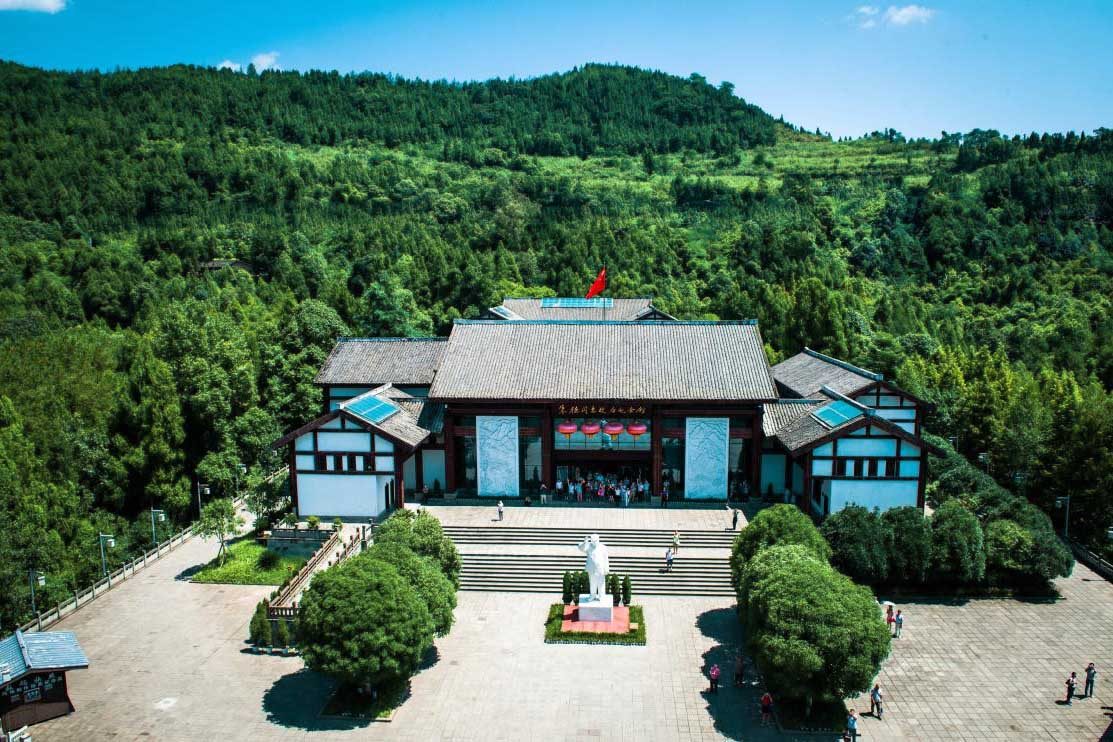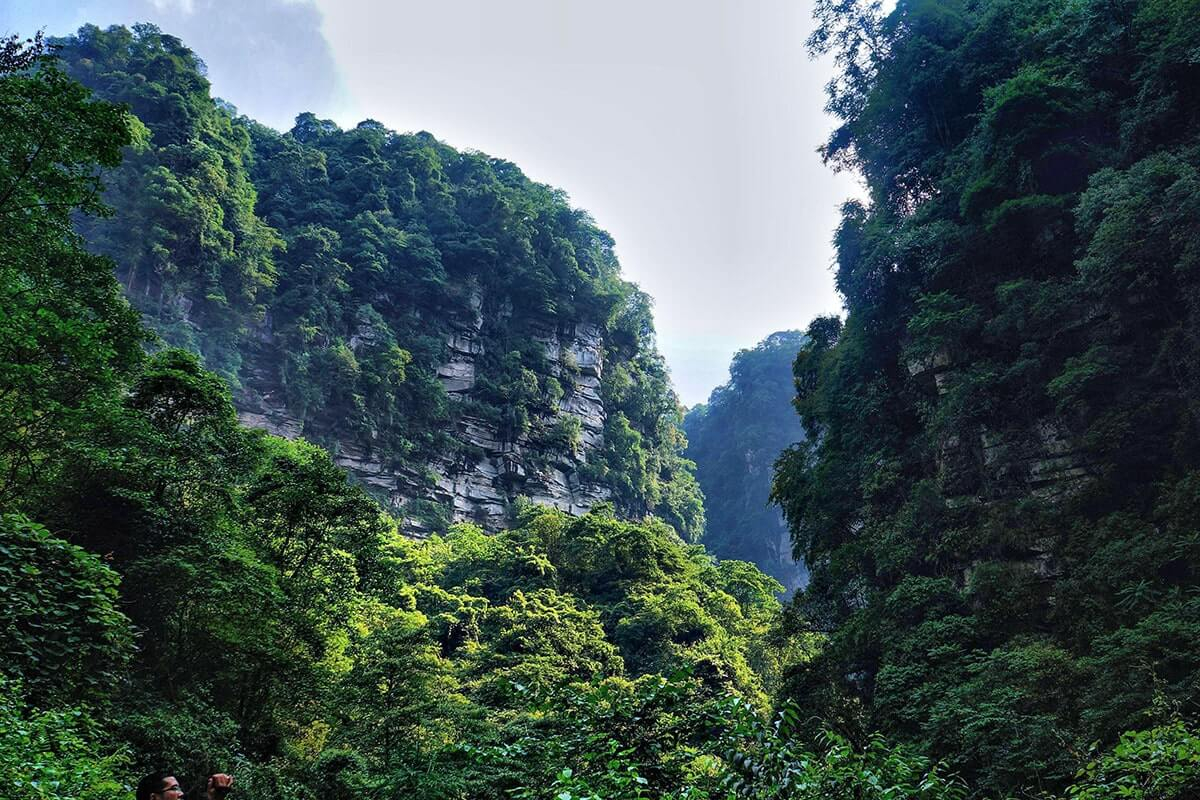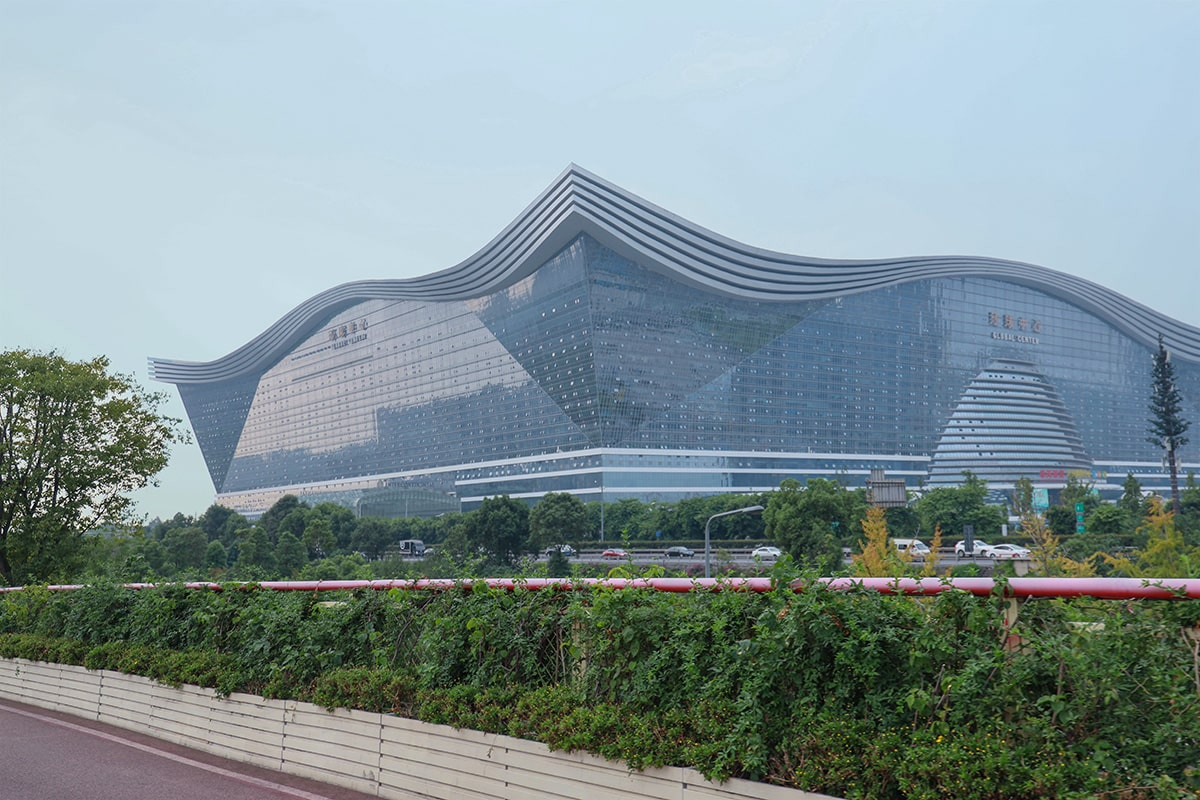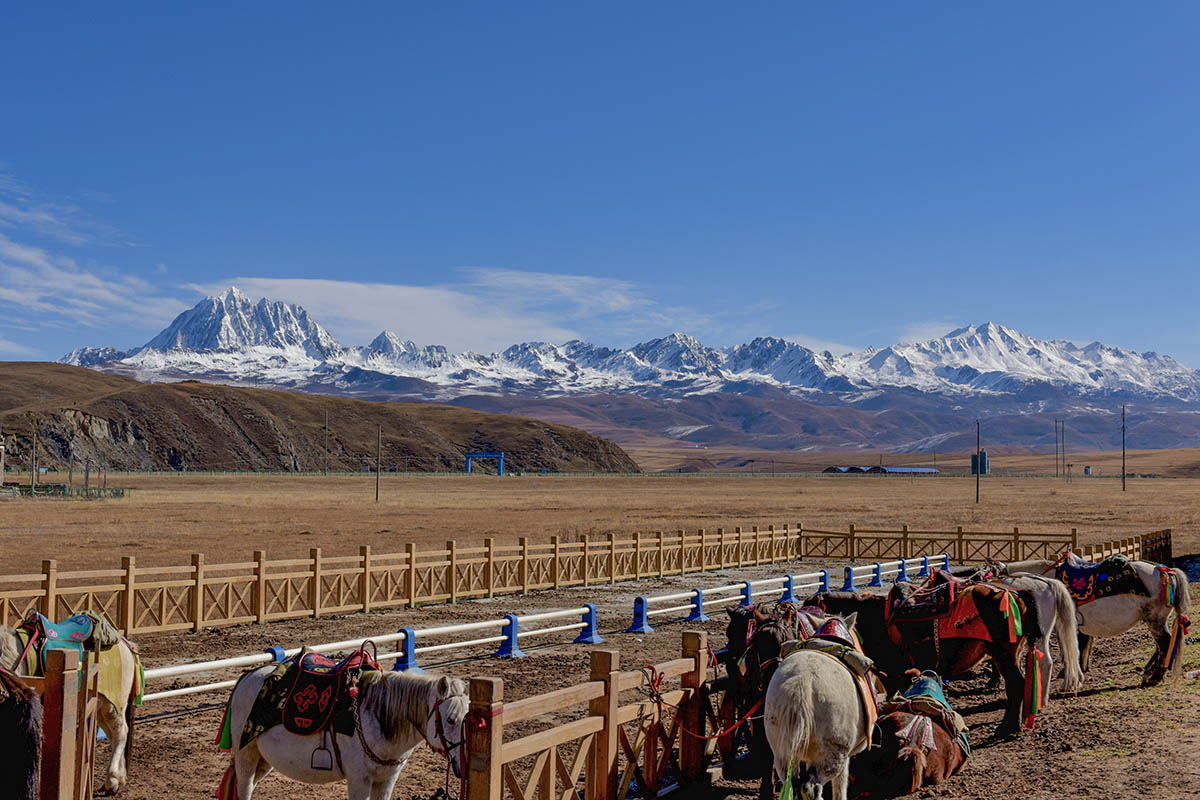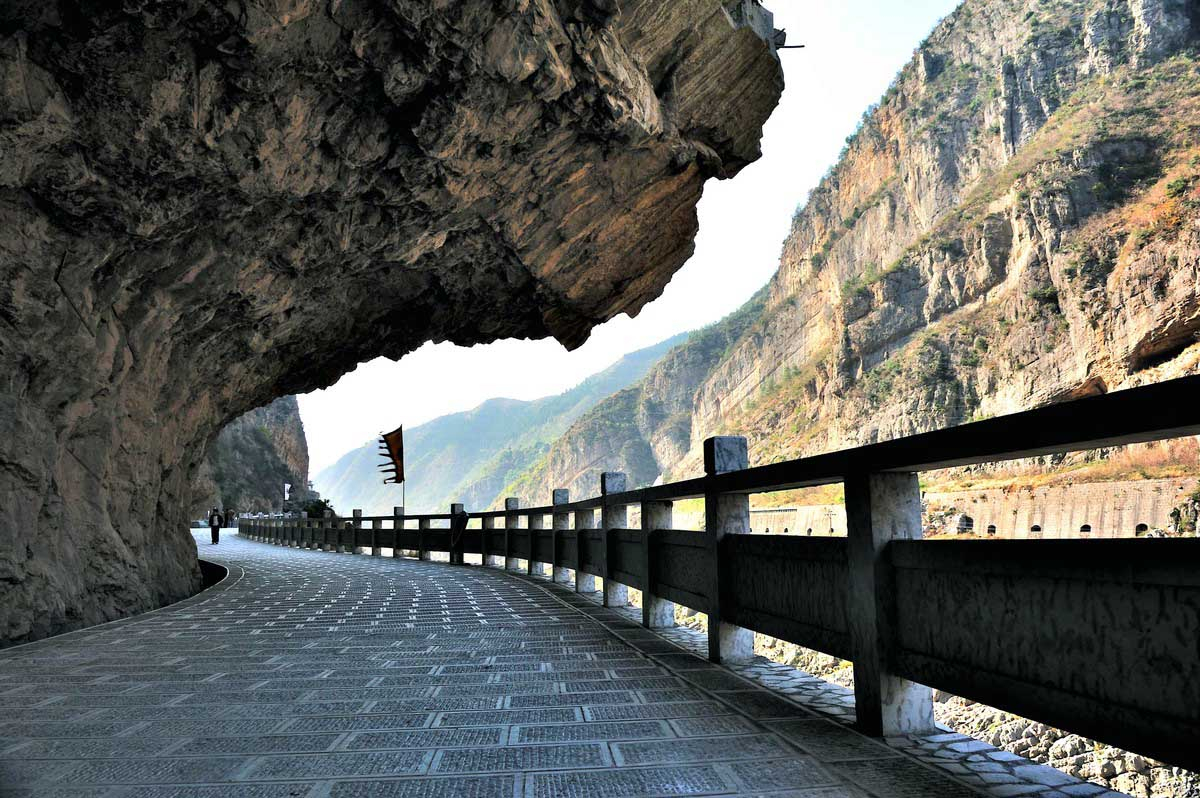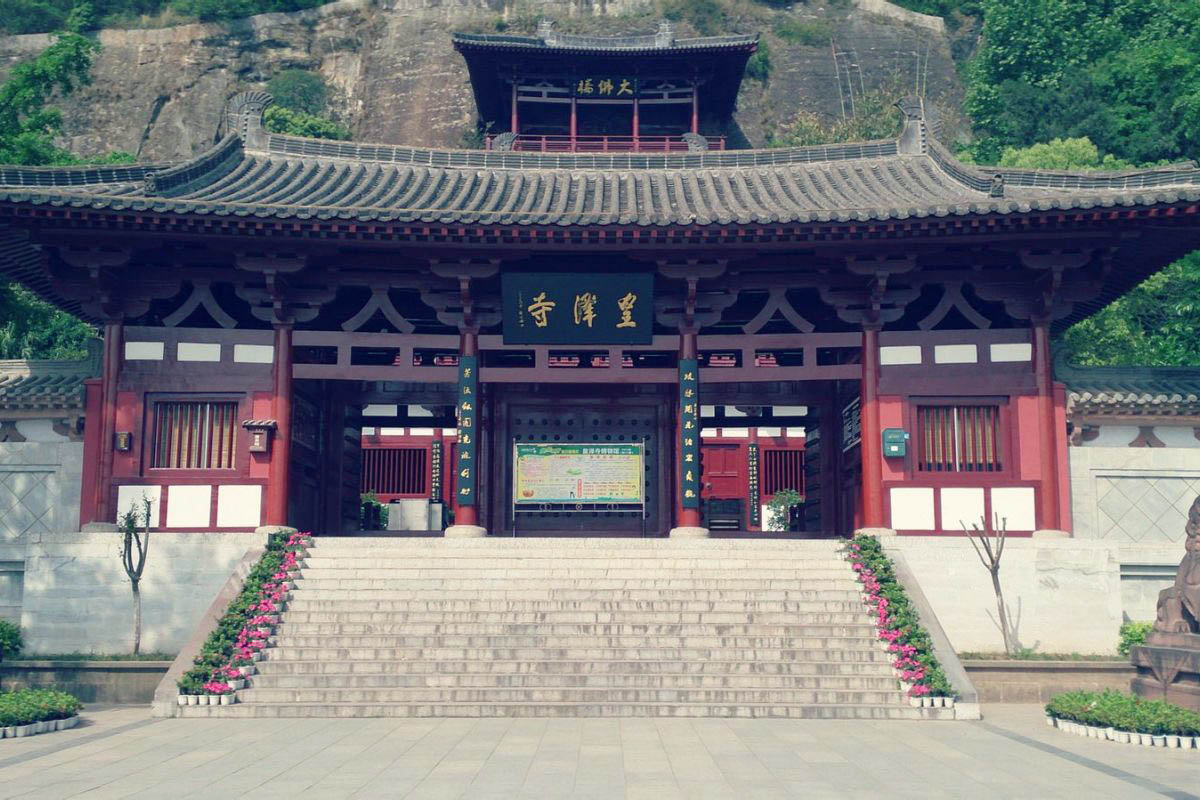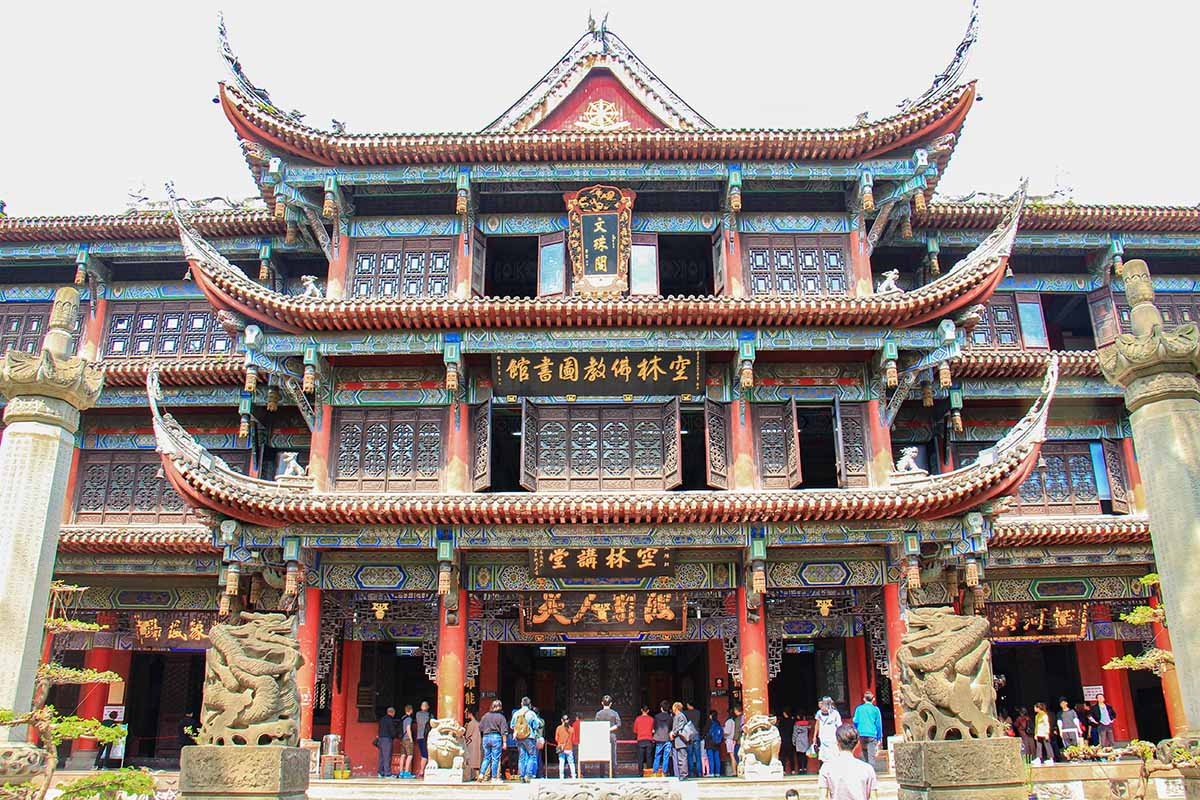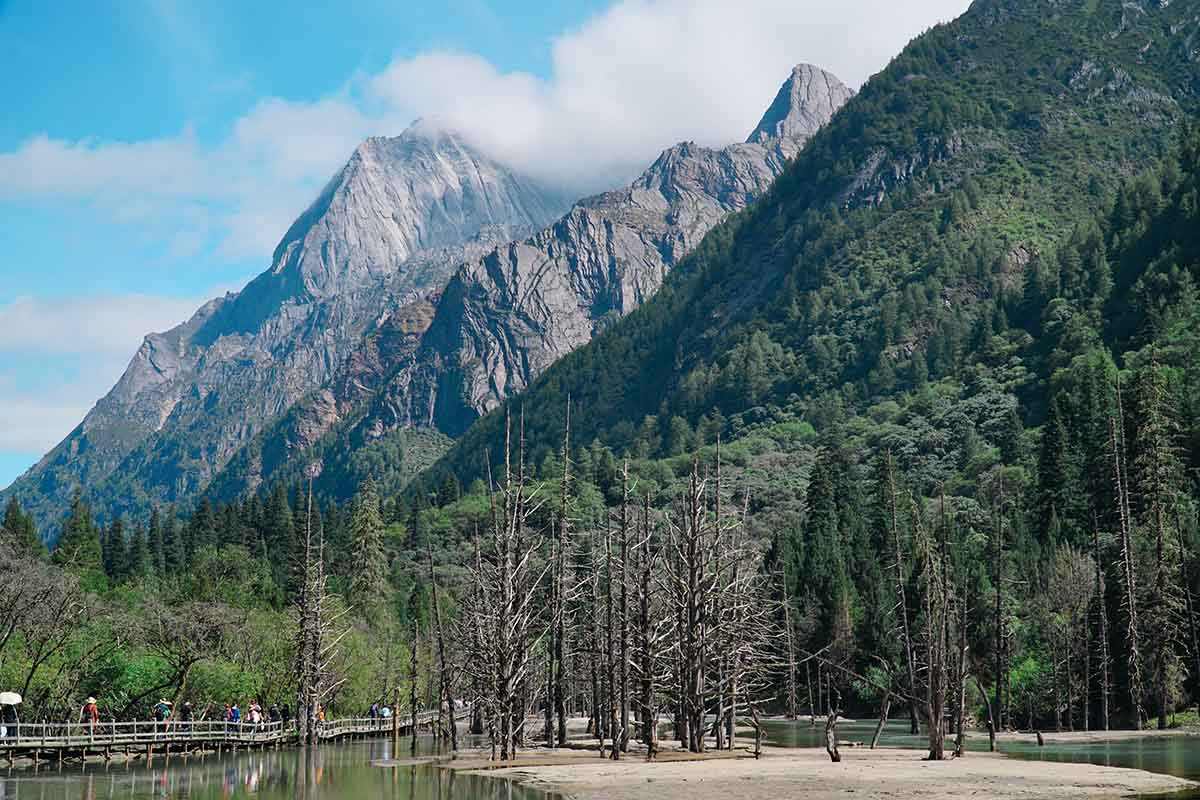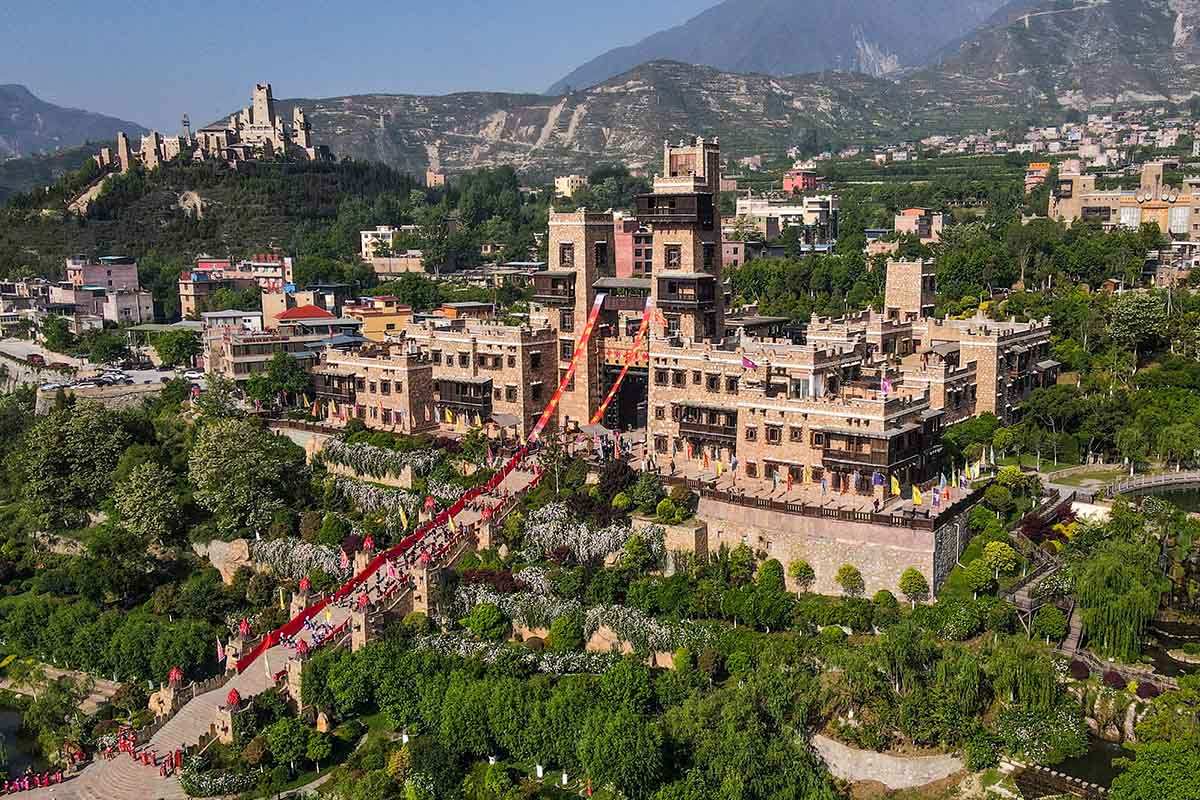Wuhou Shrine Museum
Chinese name: 武侯祠(Wu Hou Ci)
Location: No.231, Wuhouci Street, Wuhou District, Chengdu, Sichuan Province.
Ticket: Entrance ticket CNY50.00
Estimated tour time: 1-2 hours
Best time to visit: Whole year
Nearby attractions: Jinli Street, Wide&Narrow Alley, Qingyang Temple, Jinsha Site Museum, etc.
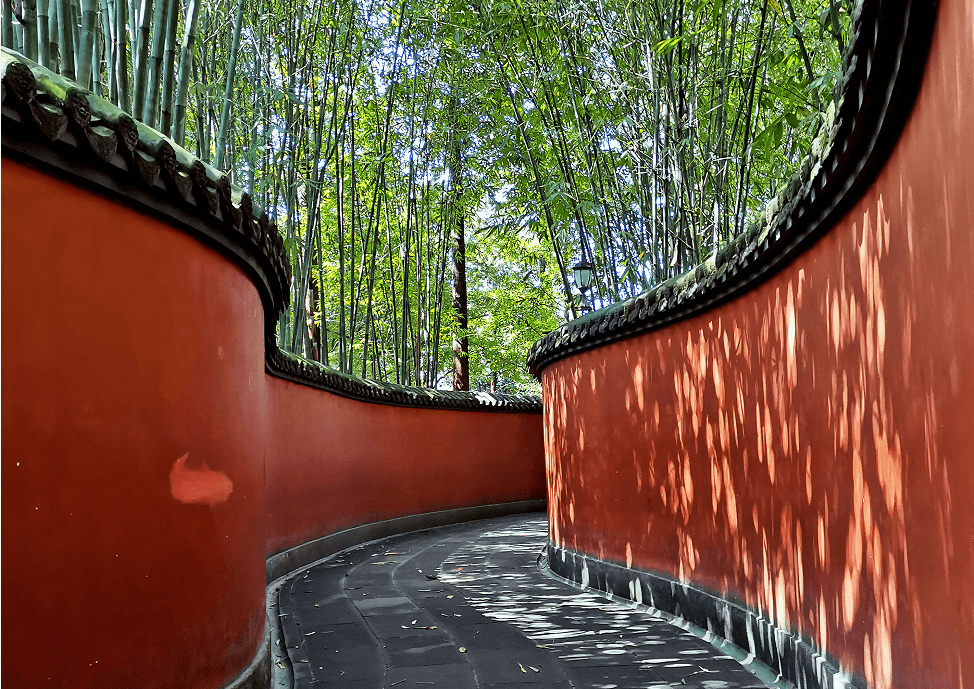
Wuhou Shrine is known as the "mecca of the Three Kingdoms" for it is China's only shrine where lord and ministers are enshrined together, the most venerated memorial of Zhuge Liang, Liu Bei and other important Shu Han individuals, and the world's most influential Three Kingdoms relics museum.
Liu Bei was the founding emperor of the Shu Kingdom, and Zhuge Liang was a well-known strategist and statesman during the Three Kingdoms Period(220-280). Zhuge Liang served as the prime minister of the Shu Kingdom.
The Three Kingdoms refer to the states of Wei, Shu and Wu.The state of Wei is also known as Cao Wei. In the year 220, Cao Pi crowned himself as the Wei emperor, with capital established in the city of Luoyang. In the year 265, Sima Yan overthrew the state of Wei and founded the state Jin.
The state of Shu proclaimed itself the legitimate successor of the Han dynasty, thus historically known as Shu Han. In 221 Liu Bei crowned himself the Shu emperor, with capital established in the city of Chengdu. In 263, Shu Han was conquered by the state of Cao Wei.
The state of Wu is also known as Sun Wu. It was founded by Sun Quan in 222, who crowned himself the Wu emperor in 229, with capital established in the city of Jianye (present day Nanjing). In 280, Wu was conquered by the Western State Jin.
Wuhou Shrine is much associated with the Kingdom of Shu. It is a memorial to Zhuge Liang, the prime minister of the Shu Kingdom. Wuxianghou was a top official title conferred upon Zhuge Liang, when he served the kingdom. After he passed away, Zhuge Liang was granted with another title, Zhongwuhou. People respectfully called him Wuhou.
Historians believe that the shrine was built by the end of the Western Jin Dynasty(266-316). Unfortunately, there is lack of record to confirm the construction date in the historical documents. People are able to conclude that Wuhou Shrine has existed since Tang Dynasty(618-907) by a poem composed by Du Fu. Du Fu was a celebrated poet in Tang Dynasty. He composed a poem called the Prime Minister of the Shu Kingdom. Two verses of the poem go: “Where would I find the Prime Minster’s shrine? It is just located outside of the Brocade City, in the dense cypress trees.”
Before Ming Dynasty(1368-1644), both the prime minster Zhuge Liang and the emperor Liu Bei were enshrined separately. They each had their own memorial temples. At the beginning of Ming Dynasty, their separate temples were merged into one. Towards the end of Ming Dynasty, the merged temple was destroyed during the chaos. The present constructions date from Qing Dynasty in 1672.
The Shrine consists of five main buildings, namely the Front Gate, the Second Gate, Liu Bei’s Memorial Hall, Zhuge Liang’s Memorial Hall and Liu Bei’s Tomb. It contains 47 clay figures, 40 stone tablets, 30 inscribed boards and couplets, as well as over ten valuable ancient drums, stoves, bells and cooking vessels. In fact, the shrine functions as a memorial hall in honor of Liu Bei and his subordinates. The main buildings are built on a south-north axis, the front doors of the main buildings face south. It is a traditional Chinese architectural practice making houses face south. The practice is related to the sunshine and the direction of prevailing wind, especially cold winds.
- HOTEST
- RECOMMEND


